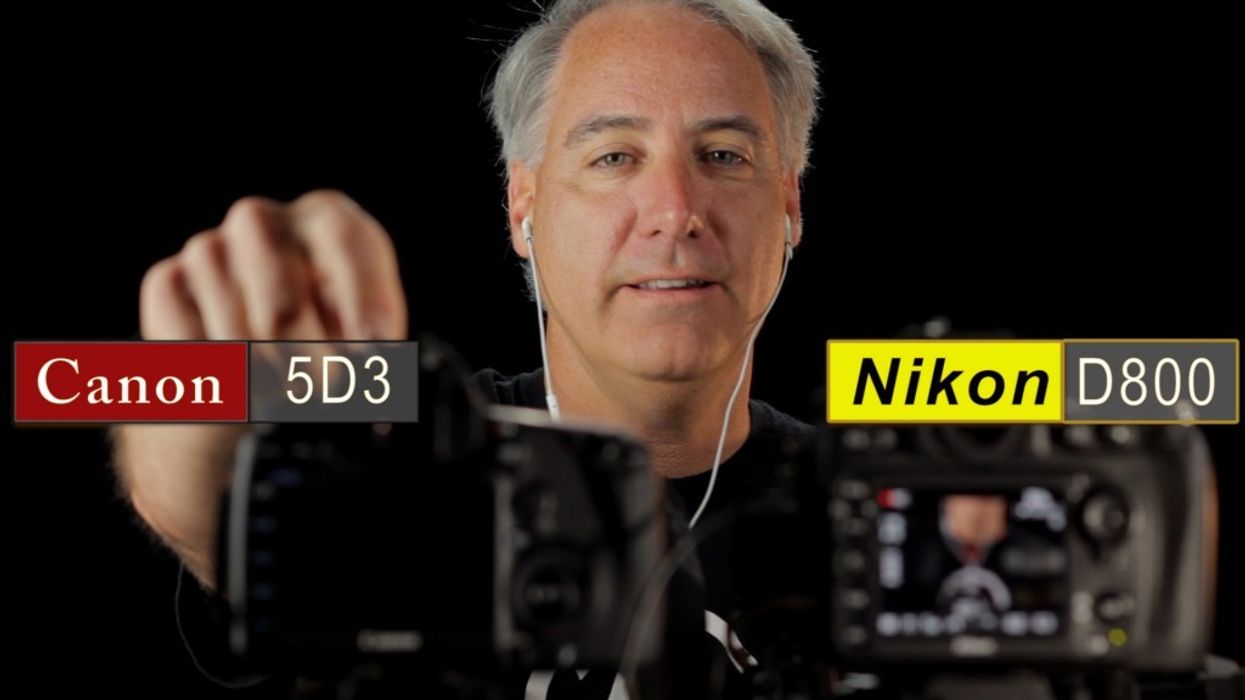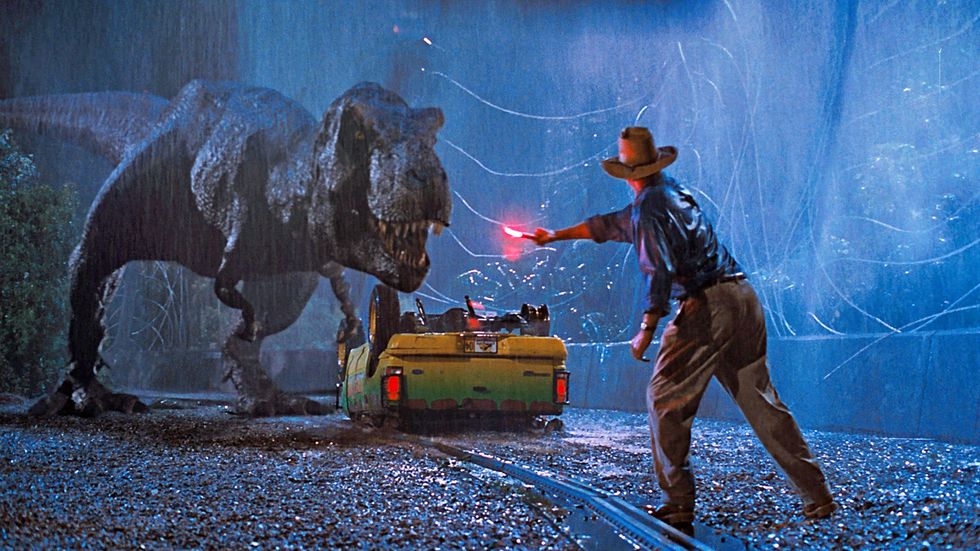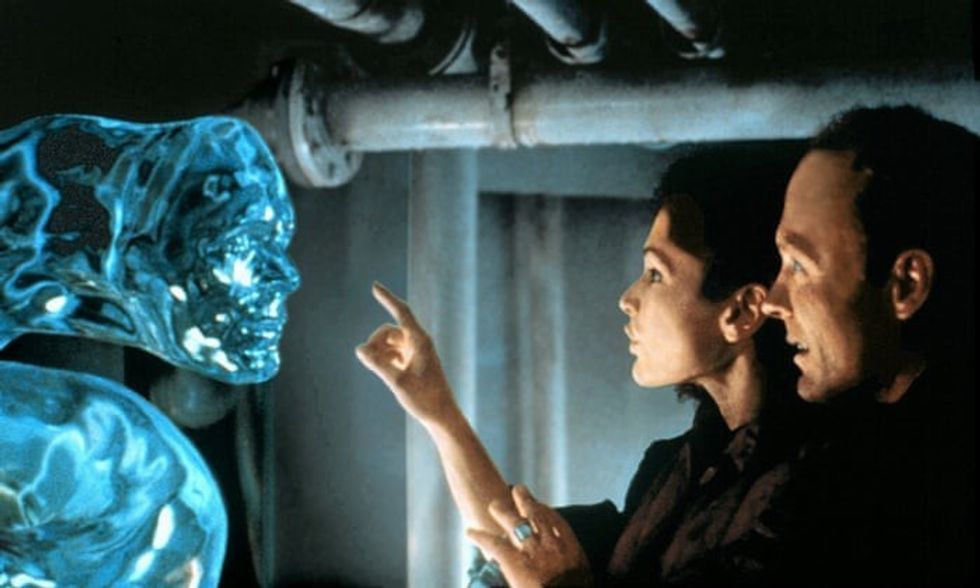The Battle of the Preamps: 5D Mark III vs. D800 Audio Recording

Audio recording internally to DSLRs has been mediocre at best. It's great for scratch audio when you're doing dual-system sound, but for the most part, it's a real pain. I've been testing the 5D Mark III and the D800, but one of the tests I wasn't able to do as thoroughly as I wanted was to test the internal audio recording of both cameras with a proper microphone. I know that many out there would ask why you'd ever plug directly into the DSLR without some other external preamp box, but sometimes (like at NAB), having the least amount of equipment that can fail is best. I met Dave Dugdale at NAB, and in this video he takes the time to test out both the Nikon D800 and the Canon 5D Mark III for the quality of their internal audio recordings.
This video was originally posted over at Dave's site, Learning DSLR Video:
So who wins? Well, neither one really, if you're comparing to an external recorder - even a cheap one like the Zoom H1. I think it's possible that the 5D Mark III might have a slight advantage in noise, but it's really a negligible difference - I'd be more likely to call it a draw.
While the actual process of recording audio has improved for this generation of cameras, with the Mark III actually able to adjust levels while recording, audio quality hasn't made any great leaps over the last generation. The D800 is unable to adjust levels while recording, which I found during my testing, but that could be forgiven if the quality of the audio internally was spectacular. Unfortunately, it seems both cameras still leave a lot to be desired, and the noise of the preamps in each DSLR is well above the noise of an external recorder like the Zoom H1 (and there are some other good recorders that will give even better results).
My suggestion, if you don't want to use an external box of any kind, is to record the levels as high as possible without clipping. This can be dangerous when the levels cannot be adjusted while recording, but it will be the best way to get the cleanest audio possible internally. If you don't do this and you have to bring up the levels in post - it's going to get messy. The idea behind doing this is that by bringing up the noise floor, once you're in post you shouldn't have to raise any levels - in fact - you'll be bringing them down and you will get nice, clear audio. This will minimize the amount of noise introduced into the post process. If you aren't adjusting levels in post, however, this process won't necessarily give you better sounding audio.
Either way, I think we've seen just about the highest level of audio recording we will probably get out of these cameras, since it's much more likely that Canon will concentrate their resources on large sensor video cameras, and Nikon may very well do the same. I've gotten a tremendous amount of feedback on my Mark II/D800 candlelight test, and my goal will be to do an updated version that compares them at equal brightness, with color correction and noise reduction applied in post - so stay tuned for that test.
[via Learning DSLR Video]
















